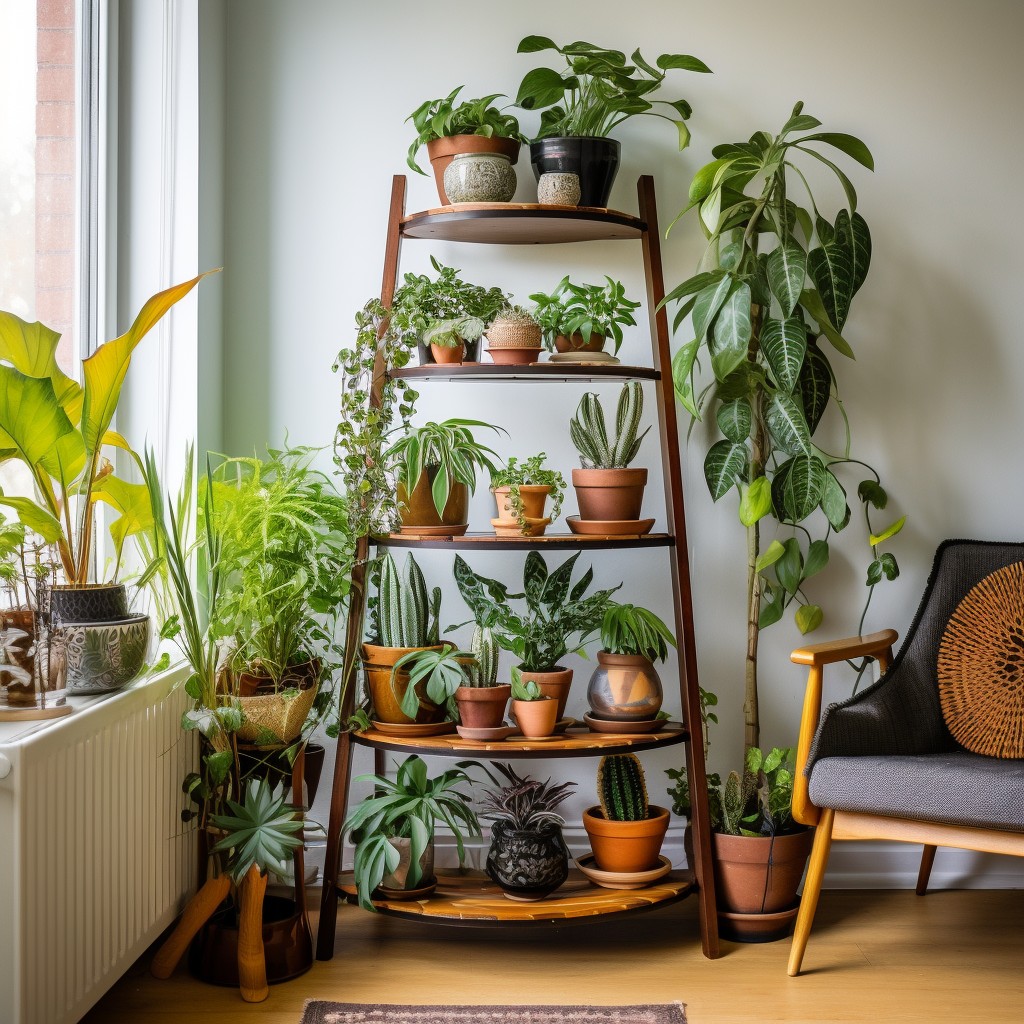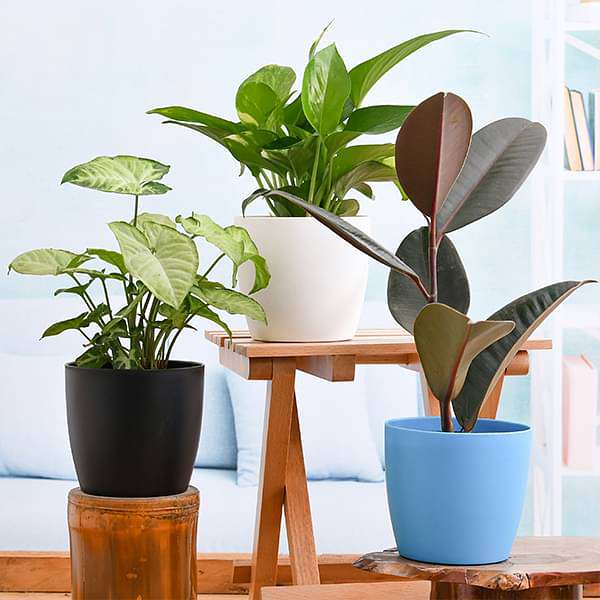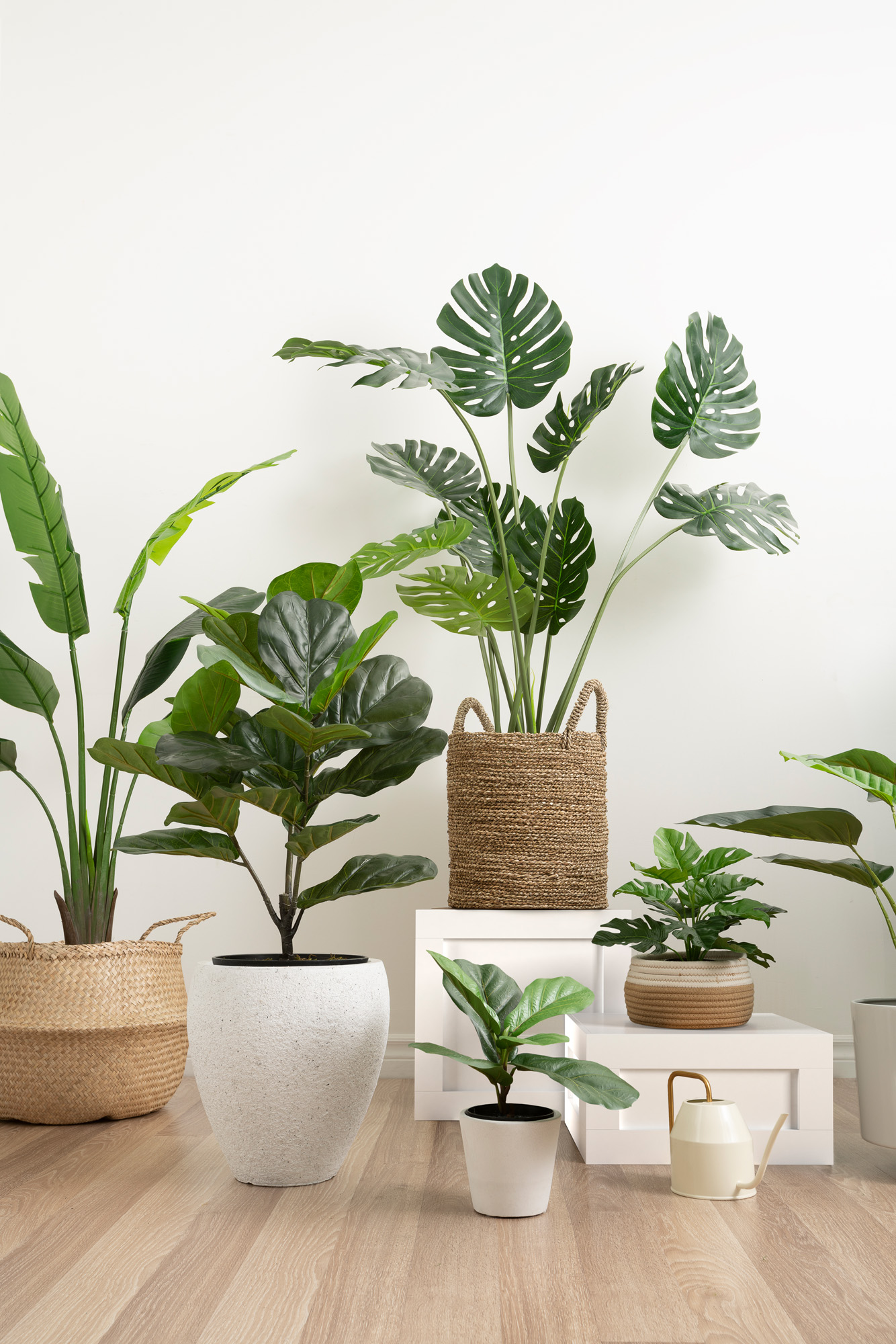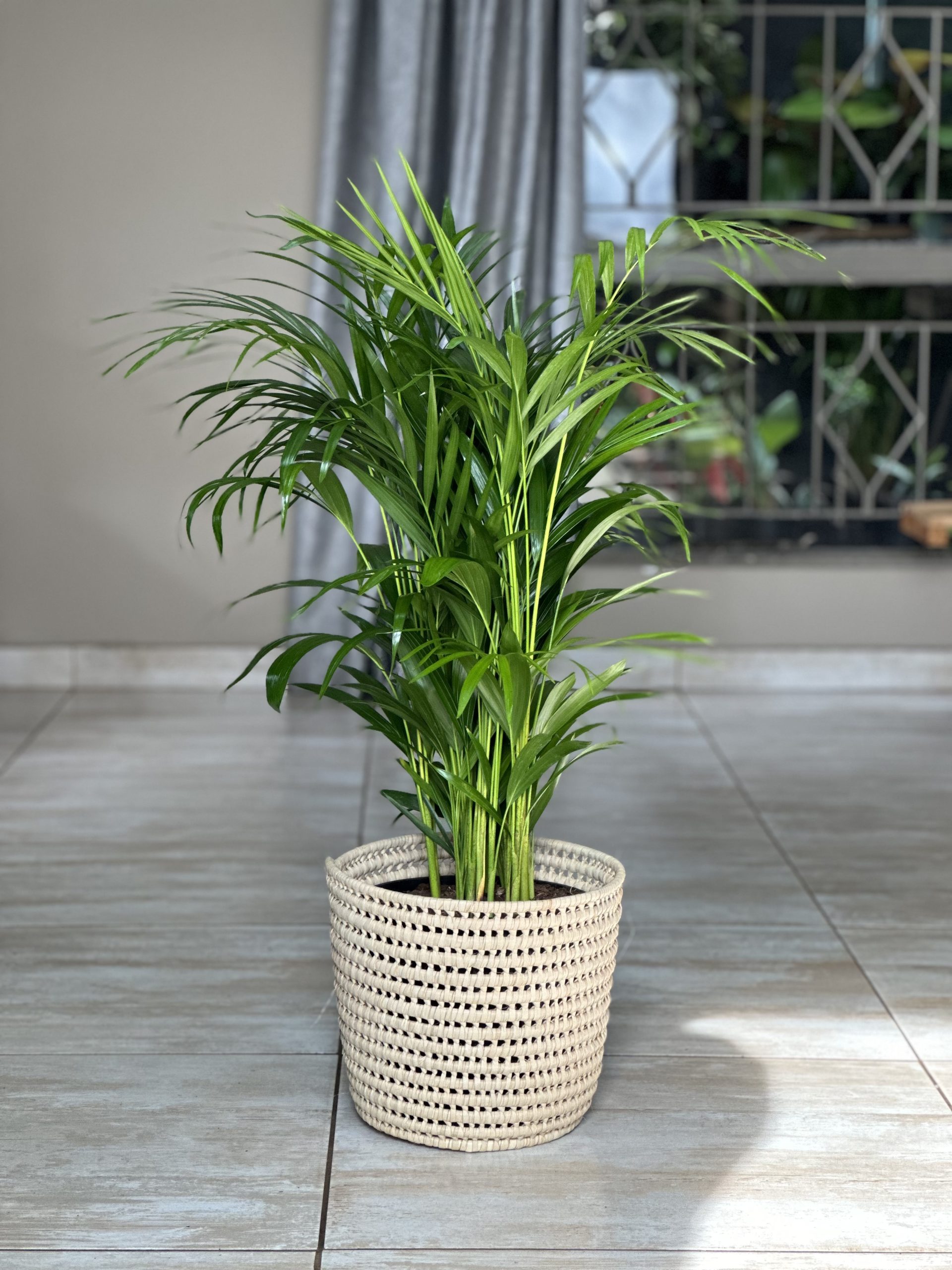When it comes to beautifying our living spaces, few things are as impactful as decorative potted plants. Throughout my journey of curating a vibrant home aesthetic, I’ve discovered that these green companions not only add a splash of color but also significantly enhance the ambiance and air quality of our surroundings. Whether you live in a bustling city apartment or a spacious suburban home, decorative potted plants offer versatile options for every style and space.
Benefits of Decorative Potted Plants
Before diving into the details of selecting and caring for decorative potted plants, let’s explore why they are a must-have in any home or office environment.
1. Enhancing Aesthetics
Decorative potted plants serve as natural decor elements that can effortlessly elevate your interior design. From vibrant flowers to lush green foliage, they add visual interest and warmth to any space.
2. Improving Air Quality
Several studies have shown that plants can filter indoor air pollutants and improve overall air quality, making your environment healthier.

3. Boosting Mood and Productivity
Having greenery around has been linked to improved mood and increased productivity. The mere sight of plants can reduce stress and enhance focus—something I’ve personally experienced while working from home.
4. Connecting with Nature
In our busy lives, it can be easy to feel disconnected from nature. Having decorative potted plants allows you to bring a piece of the outdoors inside, creating a calming atmosphere.

Choosing the Right Decorative Potted Plants
With so many options available, selecting the right plant can be daunting. Here are key factors to consider when choosing decorative potted plants.

1. Light Conditions
Understanding the natural light in your home is crucial. Some plants thrive in bright light, while others prefer low-light conditions.
| Plant Type | Light Requirement | Examples |
|---|---|---|
| Low Light | Indirect sunlight | Snake Plant, ZZ Plant |
| Medium Light | Filtered sunlight | Pothos, Spider Plant |
| High Light | Direct sunlight | Cactus, Succulents |
2. Maintenance Level
Consider how much effort you want to put into plant care. Some plants require more attention than others.
Low-Maintenance Options
For busy individuals, look for plants that are forgiving and easier to care for, like pothos or succulents.
High-Maintenance Options
If you enjoy frequent gardening, consider orchids or ferns that require more specialized attention.

3. Size and Space
Assess your available space. Large plants like fiddle leaf figs can be striking, but they may overpower smaller rooms.
4. Potting and Presentation
The choice of pots can complement the beauty of your plants. Decorative pots with unique textures and colors can enhance the overall look.

Popular Decorative Potted Plants to Consider
Here’s a list of some popular decorative potted plants and their unique features, benefits, and care requirements.
1. Peace Lily (Spathiphyllum)
The peace lily is renowned for its beautiful white blooms and air-purifying qualities. It thrives in low light and prefers higher humidity.
- Care Level: Low
- Watering: Moderate

2. Fiddle Leaf Fig (Ficus lyrata)
This tall, dramatic plant is known for its large, glossy leaves that can transform any corner of a room.
- Care Level: Moderate
- Watering: Weekly
3. Snake Plant (Sansevieria)
Known for its hardiness and architectural leaves, the snake plant is nearly indestructible and perfect for beginners.
- Care Level: Very Low
- Watering: Every 2-3 weeks
Styling Your Decorative Potted Plants
1. Grouping Plants
Displaying plants in clusters can create a stunning focal point. Vary the heights and textures for visual interest.
2. Using Shelves and Stands
Elevate your plants on stands or shelves to create dimension in your space. This also helps with selecting light exposure levels.
3. Layering with Other Decor
Integrate your plants with books, candles, and artwork to create a cohesive look. This approach allows for a personalized touch.
Caring for Your Decorative Potted Plants
Proper care will ensure your plants thrive and remain beautiful for years to come.
1. Watering
Each plant has different watering needs. Make sure to check the soil moisture before watering.
2. Fertilizing
Feed your plants with appropriate fertilizer according to the seasons. Most indoor plants benefit from fertilization during the growing season (spring and summer).
3. Pruning and Cleaning
Regularly prune dead leaves and dust off the foliage to keep your plants healthy and attractive.
Common Problems and Solutions
Even the best plant parents face challenges. Here are some common issues and their solutions.
1. Yellowing Leaves
This can indicate overwatering or poor drainage. Ensure your pot has drainage holes and adjust your watering schedule.
2. Wilting Leaves
Wilting can occur due to underwatering. Check soil moisture and provide adequate water.
3. Pest Infestations
Inspect your plants regularly. If you notice pests, use insecticidal soap or neem oil to treat them.
Combining Decorative Potted Plants with Other Decor Elements
Beyond their standalone beauty, decorative potted plants can be integrated into various decor styles.
1. Minimalist Style
In a minimalist setting, use simple, monochromatic pots with one or two plants to maintain a clean look.
2. Bohemian Style
Layer different textures and colors. Use eclectic pots and group plants in different layers for a vibrant boho vibe.
3. Modern Style
Choose sleek and contemporary pots to complement modern furniture. Tall plants can enhance vertical space.
Transform Your Environment with Decorative Potted Plants
In conclusion, decorative potted plants can significantly enhance your space, improve your mood, and make your home feel more alive. Whether you are a seasoned plant enthusiast or a beginner, incorporating these green wonders into your environment is a rewarding experience.
FAQs About Decorative Potted Plants
1. What are the easiest decorative potted plants for beginners?
The easiest decorative plants for beginners include pothos, snake plants, and ZZ plants due to their low maintenance needs.
2. How often should I water my indoor plants?
This depends on the plant type and environmental factors. A general rule is to check the top inch of the soil; if it’s dry, it’s time to water.
3. Can I use regular potting soil for decorative potted plants?
Yes, but ensure it’s appropriate for your specific plant. Some plants may require specialized soil mixes, such as succulent or orchid mixes.
4. How do I know if my plant needs more light?
Signs include leggy growth, slow growth, or leaves turning yellow. Moving the plant closer to a light source can help improve its health.
Final Thoughts
Decorative potted plants are more than just decor; they are living elements that can breathe life into your home or office. With the tips and insights shared in this article, you’re now equipped to choose, care for, and style your plants beautifully. Happy planting!